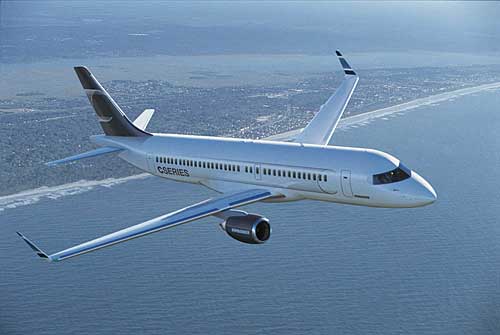I started this blog writing about aerospace as the first subject of my profile’s list of interests. Unfortunately, for me, I listed linguistics as the second subject, because although linguistics in its basic form has long been an interest of mine, I quickly discovered that it does not have a basic form and greatly exceeded my academic abilities. I recently added Tom McArthur’s ‘The Oxford Companion to the English Language’ to my bookshelf and, if I dare to open it, I am lost within its wealth of knowledge for hours, just as I was with a earlier copy of Eric Partridge’s ‘Usage and Abusage’ (abusus non tollit usum) and numerous such works.
To find a topical language subject outside of academia, I decided to say something about English as a Second Language (ESL), without any attempt at prescriptivism ... and using less than 300 words.
Recently, I returned to Canada following many years teaching Business Studies to postgraduates in China, who were, hopefully, to be awarded scholarships to foreign universities. Not surprisingly, it was necessary to include a heavy dose of ESL within each course. I was presented with excellent students, and there was never any thought of using a stick, due to the attractive sight of the scholarship carrot.
Interestingly, the Chinese-produced exams were of English as a Foreign Language (EFL), and my protests were always met with the pervasive, “This is how we always do it” response. I am sure that many expat teachers in China recognize this behaviour and often wonder why they had been presented with a little red book entitled ‘Foreign Experts Certificate’.
Equally, back in Canada, I had cause to visit some LINK ESL classes, and was astonished to discover that a major percentage of the teachers were immigrants from non-English speaking countries. According to the authorities, they had all passed a TESL teaching exam ... the oral part being undertaken by their foreign peers, it seemed. It was not surprising that many students could not understand the teachers.
I would welcome your views on this subject.
I would welcome your views on this subject.

